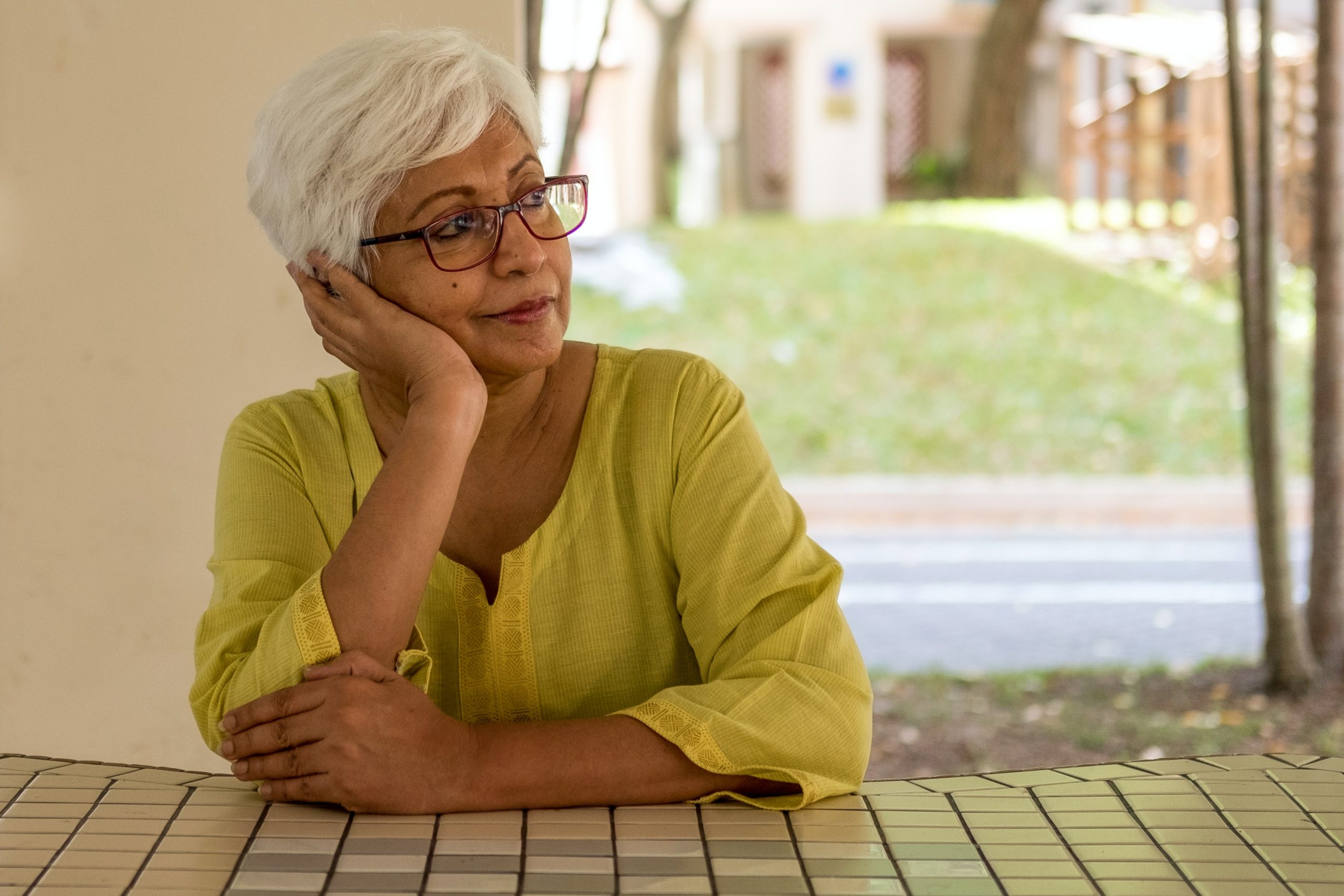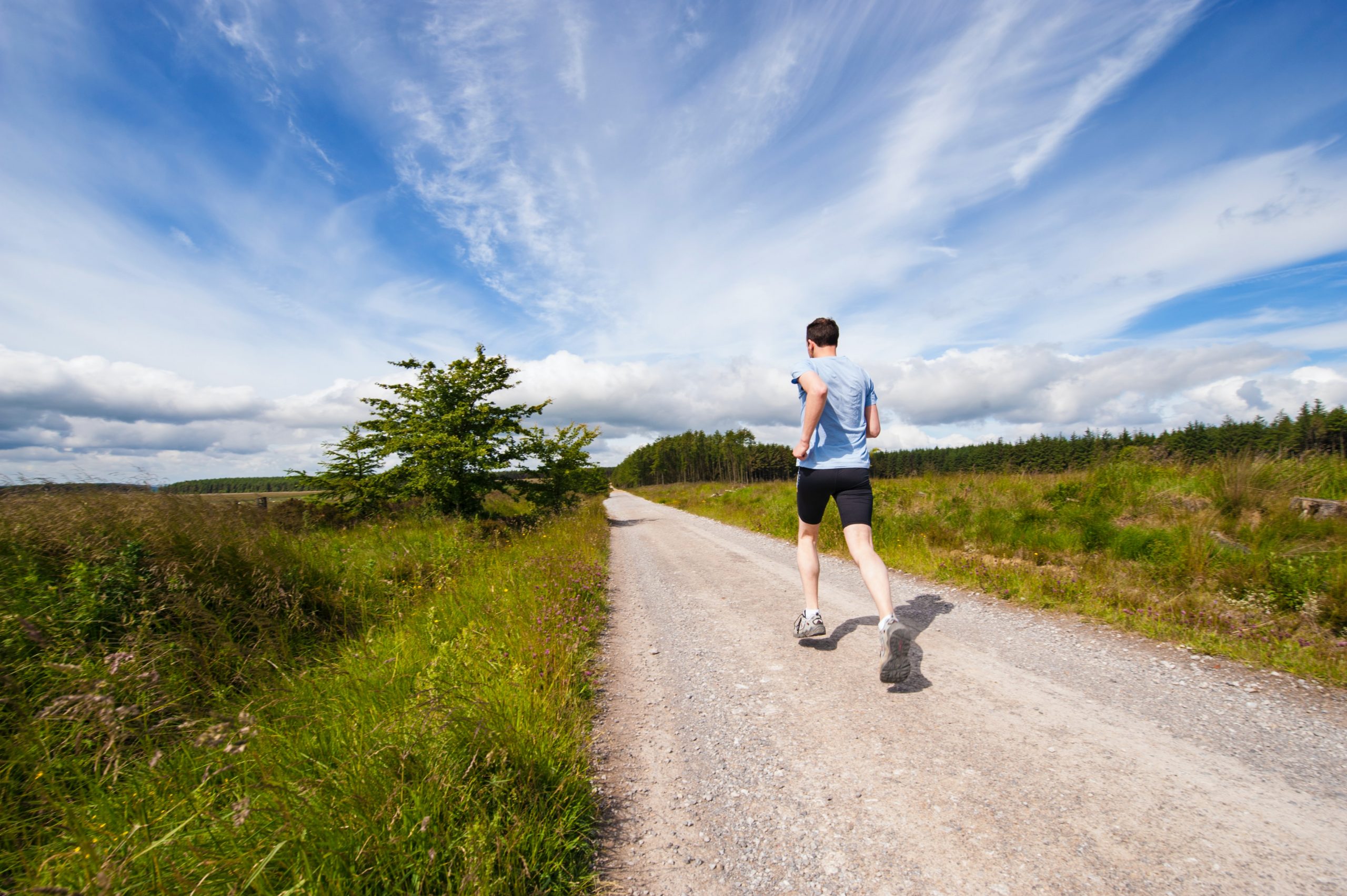
Active Aging: How to Stay Healthy as You Age
Healthy living is important at any age and so is active living. When you live actively, you choose to take a dynamic role in your lifestyle. You let your mind, body, and emotions help you stay strong as you move into your 70s, 80s, and 90s.
This type of lifestyle is known as active aging, and it’s a key way for older adults to thrive healthily. Below we’ll discuss how to stay healthy in later life — with exercises and other programs that can aid your wellness journey.
Active Aging
So, what exactly is “active aging”? The term comes from the World Health Organization (WHO), which began focusing on aging in the late 1990s. In 2002, it released its active aging policy framework — which is a booklet that dives deep into how the aging global population can live well. This booklet takes a holistic view of health — from independence to quality of life.
The WHO also estimates that by 2025, there’ll be 1.2 billion people worldwide aged 60 and older. The United Nations has indicated that by 2050, this number will increase to 2.1 billion. Older adults are living longer, but society isn’t designed to give them as many opportunities.
Active aging changes that perception. According to the International Council on Active Aging —
Active aging promotes the vision of all individuals — regardless of age, socioeconomic status or health — fully engaging in life within all seven dimensions of wellness: emotional, environmental, intellectual/cognitive, physical, professional/vocational, social and spiritual.
Aging well means having the opportunity to engage in all parts of life while improving your mental, emotional, and physical health.
Ways To Stay Active and Healthy Through the Years
Staying healthy over 60 starts with a shift in mindset. Just as there’s more than one way to get physically fit, there’s more than one way to engage in active aging.
Increase Social Interactions
Social isolation and loneliness are increasingly common in older adults, and these factors can lead to serious health risks. According to the Centers for Disease Control and Prevention (CDC), these factors can increase your risk of premature death, with social isolation causing a 50% greater risk for dementia and loneliness increasing your risk for a stroke and premature death by 32%.
Getting involved in community programs is one of the easiest ways to stay social. You might enjoy volunteering at a local organization, learning a second language, or learn a creative skill like painting, theater, ceramics, or music. Even casual participation in community events and clubs provides engagement.
Focus on Exercises
Younger adults often have more opportunities for physical fitness. With age, medical conditions can make activities more challenging.
An active aging lens encourages movement for everyone — regardless of your age or skill level.
The CDC recommends that older adults do moderate-intensity physical exercise for 150 minutes or more each week or for about 30 minutes each day. Working on flexibility and balance exercises along with strength training and aerobic fitness can help you stay mobile to whatever degree you’re able.
Does traditional fitness feel like a chore? Modify your activities. Alternate pleasurable events like taking a dance class, doing tai chi in your chair, going on bike rides or gardening meetups, or taking a trip to the pool.
Join Other Wellness Programs
If you’re interested in other wellness programs, you might like to join one of the evidence-based programs through the National Council on Aging. There are many ways to enjoy active aging, from the Aging Mastery Program — which focuses on goal setting and positive action — to Bingocize — which mixes the game of bingo with exercise and nutrition.
For access to online fitness classes, mindfulness guidance, and various community groups, sign up for the MyLifeWell app on your mobile device today.
We offer an entire Active Aging category in our app, along with many modifications to ensure anyone — of any age — can join along. Aging well starts now!

